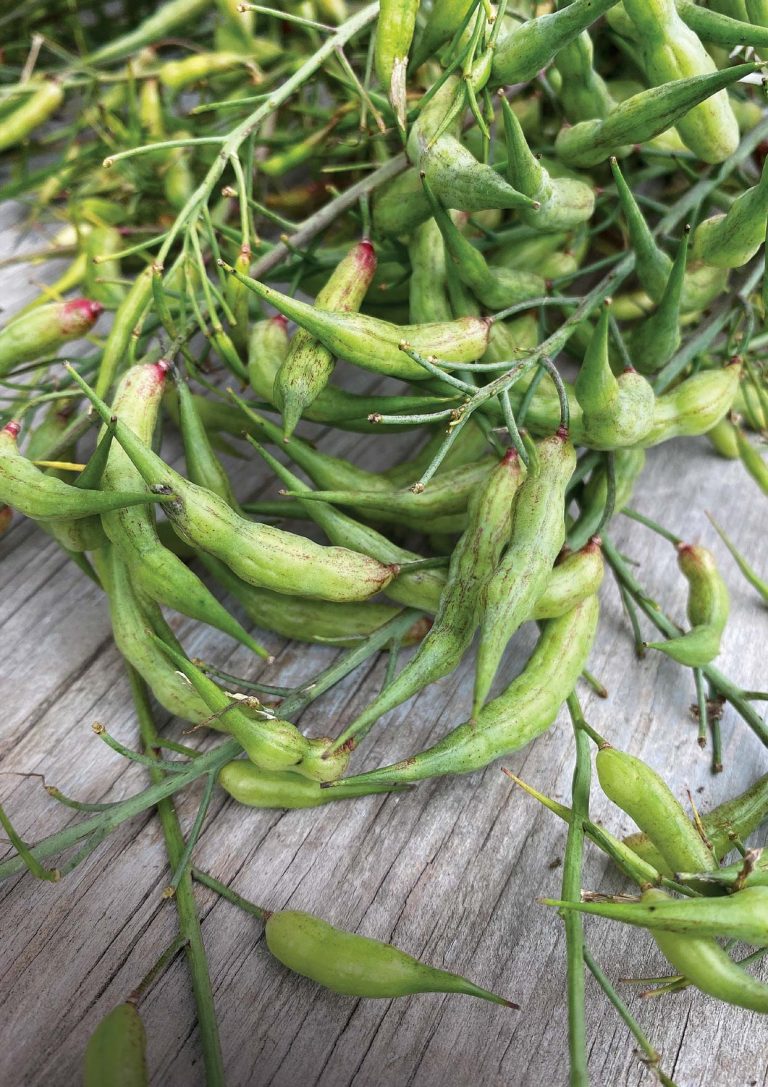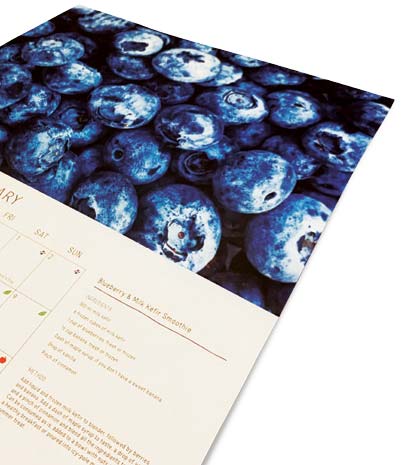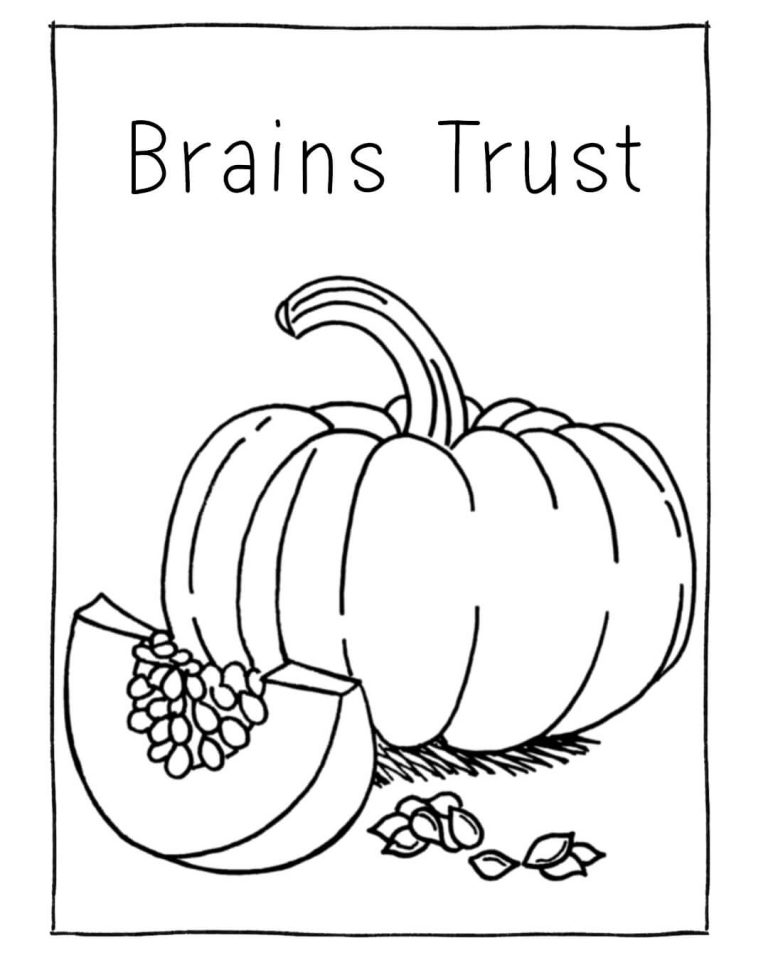How To Build A Berry Patch

Winter is the perfect time to prepare your patch for that crop of summer berries you’ve always wanted. No more plastic punnets, an unrivalled depth of flavour and the joy of being able to pick the sweet taste of summer straight from the bush. We show you how to build a berry patch.
Coming in many shapes and sizes, berry bushes and vines are a delicious and prolific addition to the edible garden. The group of plants we commonly call berries includes cane-grown fruits like raspberries, bush-grown fruits like blueberries and small plants like strawberries. Cane-fruiting berries can be unruly ramblers and usually require trellising, while bush-fruiting berries grow as compact-sized bushes or low spreading plants, and can be well suited to growing in pots.









